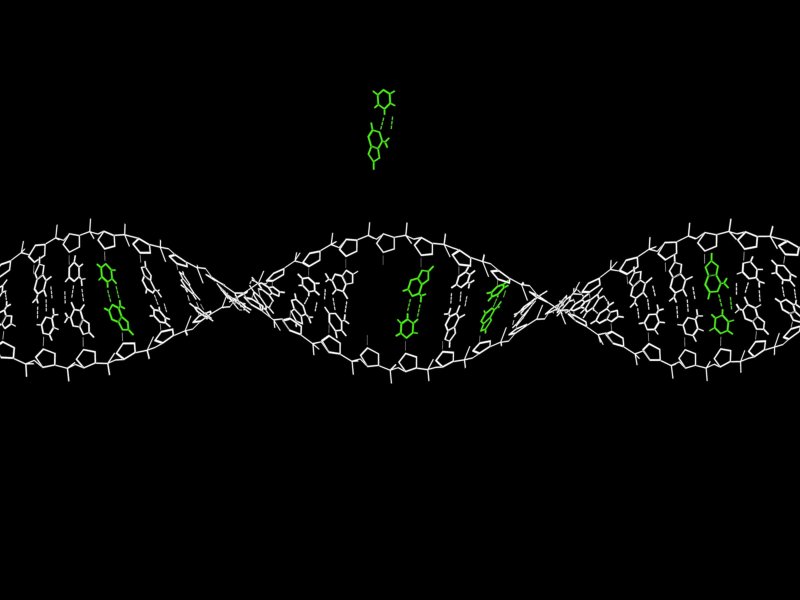What has now been proven possible was once the stuff of science fiction dreams. CRISPR has shown it can successfully edit out detrimental genetic conditions before they are inherited — which could mean the beginning of the end for hereditary diseases.
CRISPR-Cas9 has been able to successfully edit DNA again and again, but it’s never done anything like this. Kind of like DNA autocorrecting itself, the editing needs to make deletion in a cell happen during a certain phase of meiosis.
Researcher Kimberly Cooper of UC San Diego, who coauthored a study recently published in PLOS Biology, figured out exactly when to get to that meiotic window and how to control which copies of genes are handed down to the next generation.
“We think that meiotic prophase I is really critical,” Cooper told SYFY WIRE. “That’s the time at which homologous chromosomes are aligned and cells favor using a template strand of DNA to repair broken ends rather than sticking the ends back together, which can cause mutations.”
…
This isn’t going to be possible in humans anytime soon. For now, it could at least help us understand the mutations and complexities behind hereditary diseases, so gene therapies can be created for humans.































